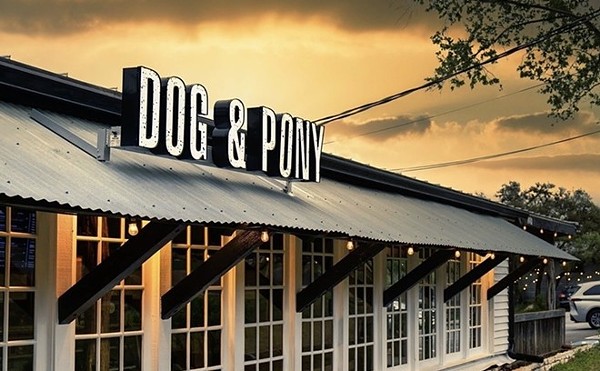Americans rarely think seriously of sherry. At best, we might equate it with that bottle of dark and sticky stuff your grandmother kept at the back of a kitchen cabinet for “medicinal purposes.” Or with the somewhat lighter, but still noticeably sweet, potion produced by a favorite professor (the one with the tweed jacket and suede elbow patches) when explaining why your term paper failed to meet expectations. Neither image is destined to move a lot of product.
The situation is about to change.
Sherry’s fortunes have waxed and waned over the centuries for the usual reasons — plagues, politics, and the frequent pollution of the market with inferior wines among them. But sherry is now recognized, by the European Union at least, as being the unique product of a delimited region around Spain’s Jerez de la Frontera. The industry has its quality act together, and the selection has never been better. Admitting a certain fundamental ignorance of sherries of all types, VV got wind of a tasting being put on at Saglimbeni Fine Wines by the venerable firm of Gonzalez Byass and seized the day.
The tasting encompassed nearly the full range of available types of sherry, from a pale and flinty palomino-based Fino called Tio Pepe to a fragrant and unctuous elixir labeled Nectar and made from 100-percent Pedro Ximenez grapes. Ximenez grapes, partially dried to concentrate the sugars, are also added in various proportions to products such as the Cristina Oloroso and the Solera 1847 that fill out the range. All of these wines are fortified, and most are aged in the traditional solera system (which involves continually blending younger wines into older ones) for an average of at least eight years in American oak. Gonzalez Byass also presented a couple of Very Old Rare sherries (VORS) with a minimum of 30 years age, adding credence to the notion that sherry is not just for sipping by the aged and academic among us; there is truly one for almost any food and occasion.
So VV decided to take some bottles out for a test spin — at a sushi restaurant, no less. We warmed up at home with manchego, some almonds and green olives, a little baba ghannouj for grins … and GB’s Cristina Oloroso Abocado ($20.99), a blend of 87-percent palomino and 13-percent Pedro Ximenez grapes. Cristina, lightly bronzed and appealingly nutty, yet with a lively backbone that spoke of her majority upbringing under flor (the cap of yeast that protects the maturing wine from oxidization), was a dutiful spouse to the almonds, olives, and cheese; you could parade the pair in front of the most sophisticated of audiences. But she really let her hair down with the smoky eggplant purée; somehow, its creamy texture and umami earthiness emphatically underlined the wine’s racy richness.
Now that you’ve been tantalized (I trust) by Cristina, you’ll have to wait a tad for the sherry-sushi experience, which also provided an unexpected pairing epiphany. Keep your eyes peeled for the review and your mind open to new experiences. •
















